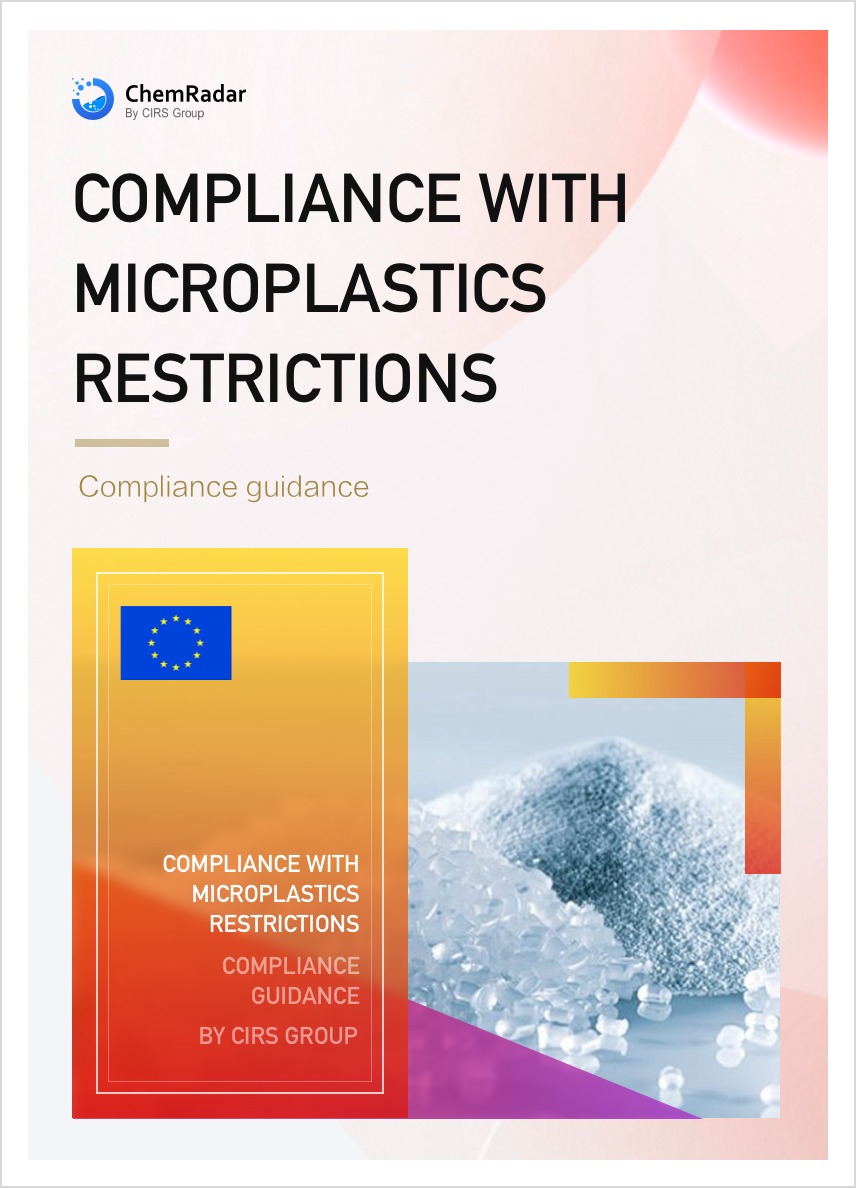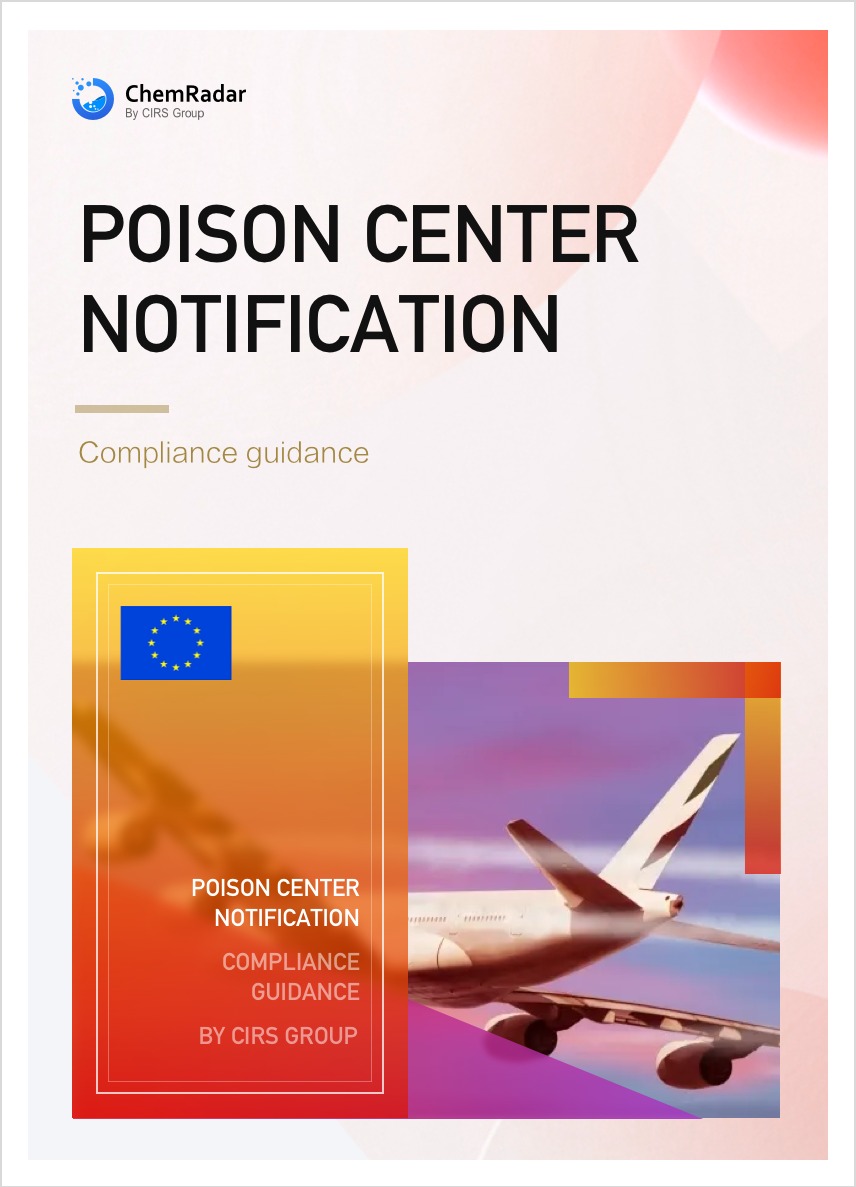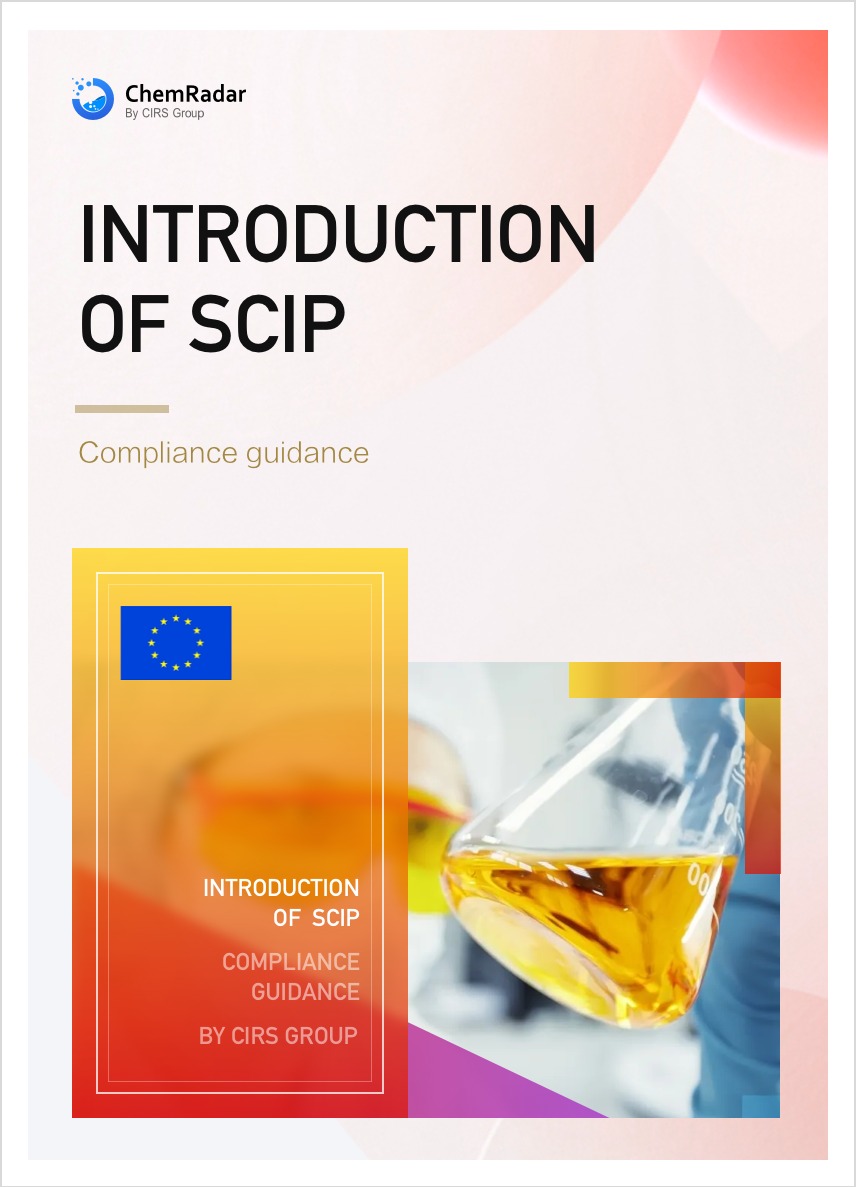On April 3, 2025, the European Commission formally unveiled the final REACH reform proposal at the CARACAL-54 meeting of the REACH-CLAP Joint Consultation Body. Dubbed "the most significant overhaul in European chemical regulation history," the proposal has sparked polarized reactions, with regulators emphasizing modernization while industry warns of exacerbated sectoral crises.
Core Reforms
1. Registration Validity & Verification
- Registration validity shortened to 10 years
- ECHA to implement provisional completeness checks
- Simplified registrations under legacy rules (1-10t/a with physicochemical data only) abolished; full data requirements by tonnage tier enforced
2. Registration Revocation Mechanism (New ECHA Powers)
Triggers include:
- Registration number expiration (10 years)
- Failed completeness review
- Failure to submit full data for NONS dossier updates
- Failure to update the registration file as required by the assessment resolution
3. Mandatory Dossier Updates
- Dossier updates required when substances are listed as SVHCs
- Physicochemical-only dossiers must upgrade to Annex VII compliance
- Phase-in substance transitional clauses eliminated
4. Testing & Safety Assessment
- Vertebrate testing proposals extended to Annex VII & VIII test nodes
- Article 13 aligns with Animal Welfare Directive: "Non-vertebrate methods prioritized"
- New assessment metrics:
• PMT (Persistent, Mobile, Toxic) substances
• vPvM (very Persistent, very Mobile) substances
• Endocrine Disruptors (EDs)
• DMEL risk classification system
• MAF (Mixture Allocation Factor) for substances >1000t/a
5. Data Sharing Optimization
- Potential registrants may access structurally similar substance data within 12-year protection period
- Post 12-year protection: All parties may use Substance A’s study summaries for other substance registrations
6. Polymer Management Reform
Notification system:
- All polymers >1t/a require notification
- Polymer classification framework established
Registration criteria:
- PRR (Polymers Requiring Registration) based on hazard profile
- Group registrations for PRRs (joint hazard data submission)
7. Annex Revisions
- Annex III (simplified registration criteria) and XIII (PBT/vPvB criteria) deleted
- Annexes I, VI-XI (information requirements) revised
- Annex II updated for CLP/UN-GHS alignment (CARACAL task force review)
Controversies
While EU Environment Directorate claims reforms will "reduce compliance burdens and enhance oversight efficiency," Cefic warns: SME costs may surge 40% from digitalization, while 10-year re-evaluation cycles and complex MAF models could hinder pharmaceutical innovation.
Next Steps
Public consultation closes April 25, 2025. Final legislation expected Q4 2025 as part of chemical industry package. Stakeholders (manufacturers, importers, downstream users) urged to:
- Audit registration portfolios
- Assess supply chain digital readiness
- Submit feedback on MAF and enforcement models
ChemRadar Insights
The proposal delivers severe challenges to existing registrants:
- 10-year registration validity negates prior LOA investments
- Polymer exporters face new polymer-level registration despite existing monomer registrations
- Simplified registrations under legacy rules invalidated; full data retroactive compliance required
- Expanded authorities granted to regulators (registration revocation, polymer oversight)
We maintain that effective regulations must balance stakeholder interests. CIRS will continue monitoring REACH revision developments.
The public consultation remains open. Contact us to ensure your concerns are formally represented.
Further Information





